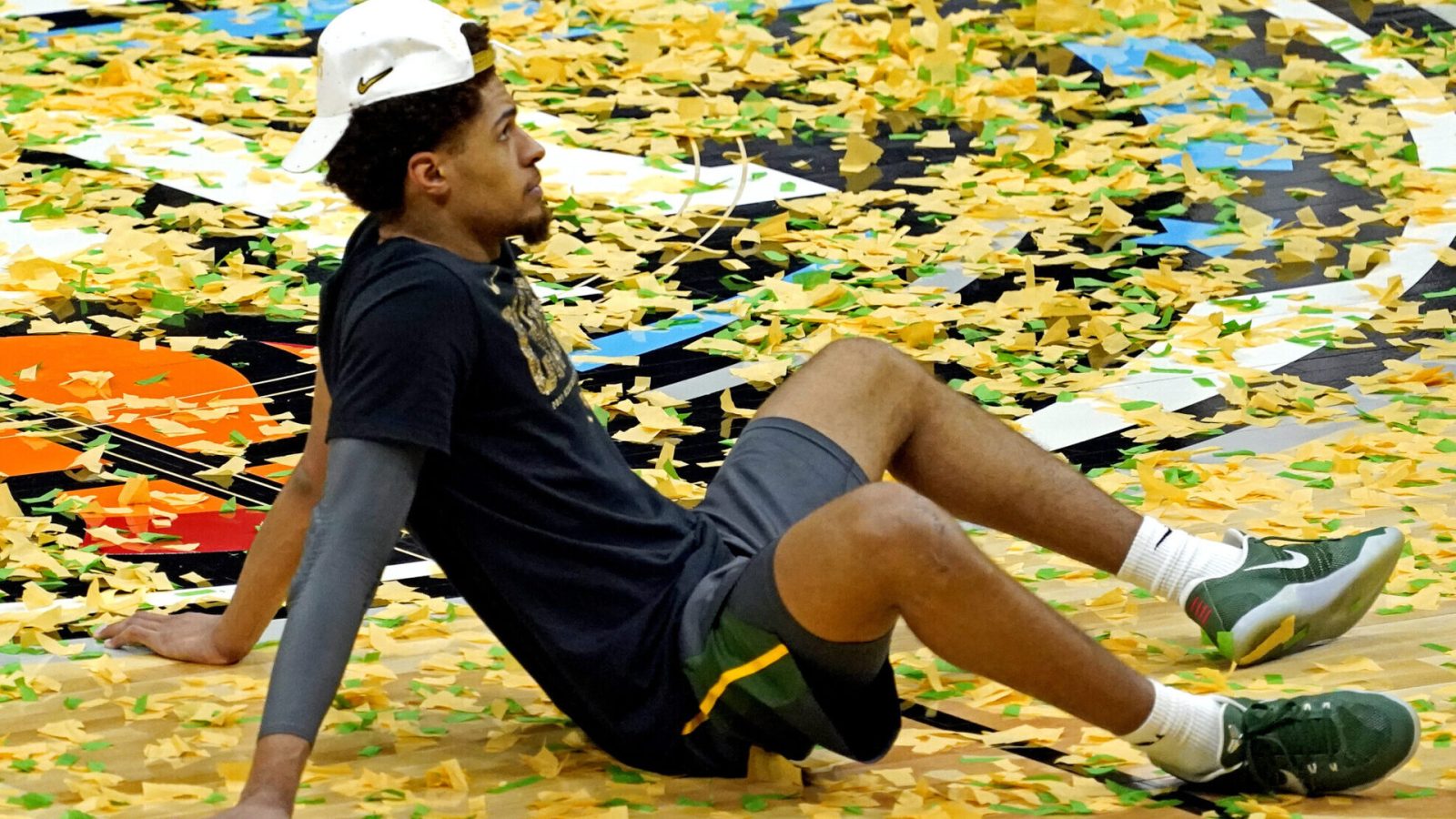Examining NCAA Tournament trends is one way for bettors to break down opening-round matchups, and in turn make better informed wagers.
For instance, how do those pesky No. 12 seeds really fare historically against No. 5 seeds? Do any seed matchups show particularly strong Over/Under tendencies?
Props.com tries to answer these questions and more by breaking down NCAA Tournament trends by seeding over the past five events.
Note: All odds related to this year’s Tournament games are consensus numbers as of 2:30 p.m. ET on March 15
Overall First-Round March Madness Trends
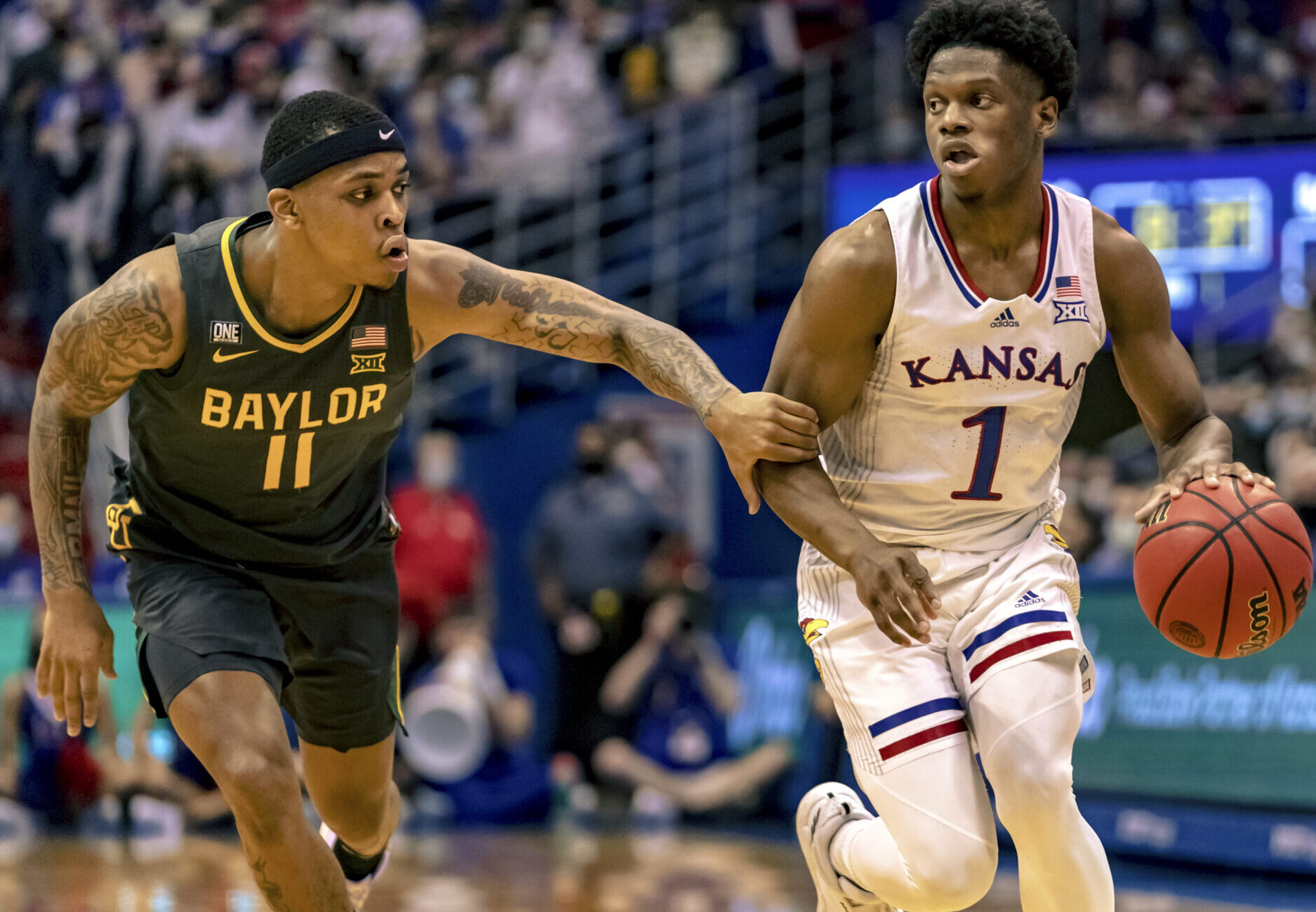
In the past five NCAA Tournaments, opening-round favorites have won at an astounding 90.1 percent rate, going 114-41 SU (not including four games that closed pick ’em). However, the money has gone to the underdogs, which are 82-71-2 ATS over this stretch.
Looking at overall NCAA tournament trends related to the total, the Over has been slightly profitable the last five years at 84-74-1. However, most of those high-scoring games happened in 2016 and 2017, when the Over was 43-21 (68.3%). In 2018, 2019, and 2021, the Under reigned in the opening round at 53-41-1 (56.4%).
No. 1 seeds vs. No. 16 seeds
SU: 19-1
ATS: 10-10
Totals: 10-10
Noteworthy: Virginia became the first and only No. 1 seed to lose outright since the current seeding format was established in 1979, falling to UMBC in 2018. So it’s a safe bet that this year’s top seeds — Gonzaga, Arizona, Kansas, and Baylor — will survive the Round of 64. But as you can see, that doesn’t necessarily mean all four will cover huge point spreads against their 16th-seeded opponents. Also, wagering on totals in 1 vs. 16 matchups has been just as much of a crapshoot lately. Bottom line: With 32 first-round games, it’s probably better to invest your money elsewhere.
No. 8 seeds vs. No. 9 seeds
SU: 8-12
ATS: 8-11 (plus one pick ’em game that the No. 8 seed won)
Totals: 15-5 Over
When No. 8 seed is favored: 4-7 SU/ATS
When No. 9 seed is favored: 5-3 SU/4-4 ATS
Noteworthy: North Carolina (vs. Marquette), San Diego State (vs. Creighton), and Seton Hall (vs. TCU) are opening-round favorites as No. 8 seeds in this year’s Tournament. Memphis is a slim favorite as a No. 9 seed over Boise State. Given that these 8-9 contests have trended Over the total recently, it’s interesting to note that two of this year’s games feature the highest and lowest first-round totals: North Carolina-Marquette is at the top with a consensus total of 152.5, while San Diego State-Creighton anchors the bottom at 120.
No. 5 seeds vs. No. 12 seeds
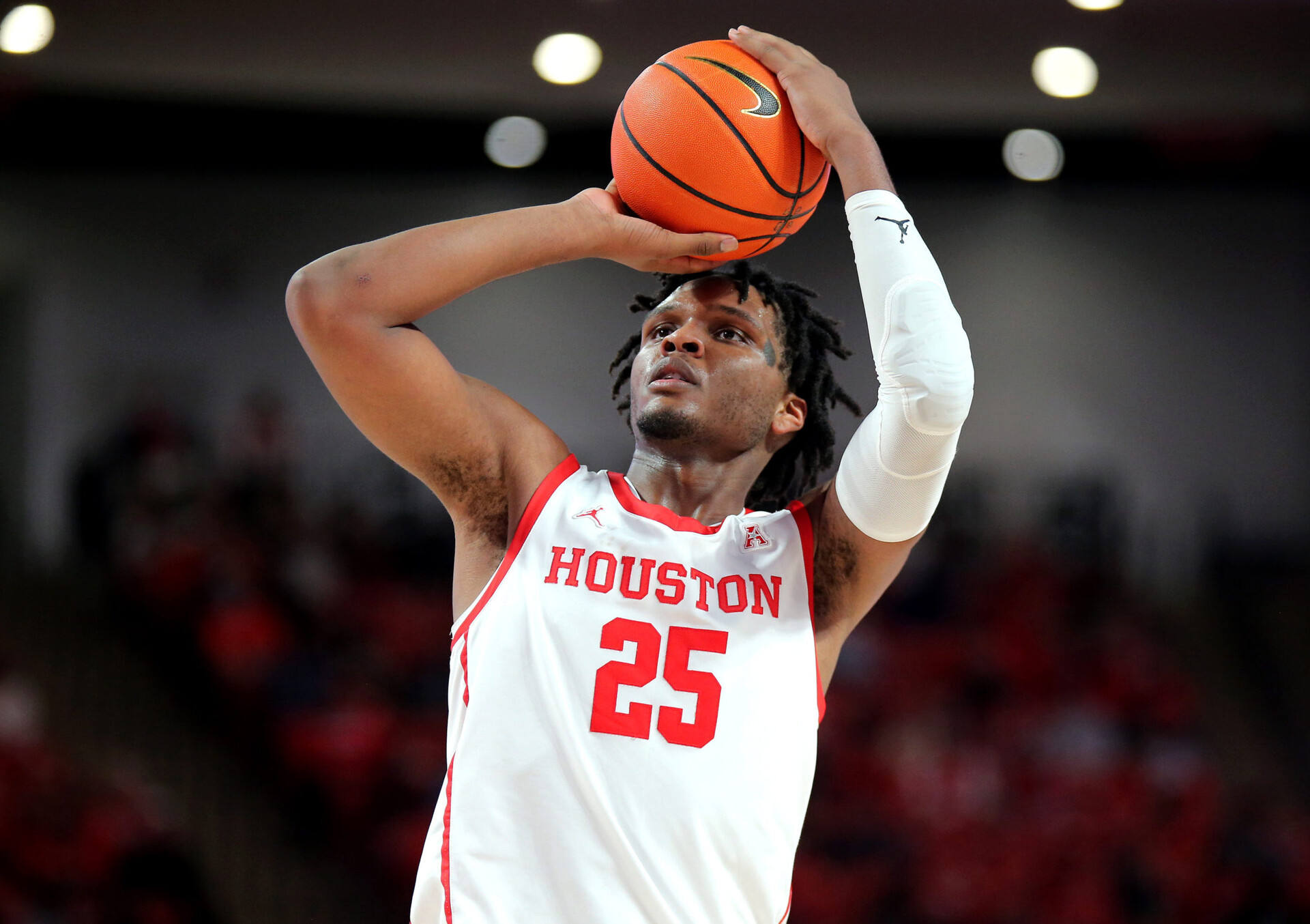
SU: 13-7
ATS: 7-12-1
Totals: 15-5 Over
Noteworthy: For years, the perception has been that No. 12 seeds perennially upset No. 5 seeds. However, as you can see in the above NCAA Tournament trends, perception hasn’t matched reality lately. Also, one of those recent SU and ATS victories recorded by a 12th-seed was Middle Tennessee State over Minnesota in 2017. Why bring that up? Because Middle Tennessee was a 1.5-point favorite in that contest, and the Blue Raiders won 81-72. As for this season, No. 5 Iowa is a consensus 10.5-point favorite over No. 12 Richmond in the Midwest Region, No. 5 Connecticut is favored by 6.5 points against New Mexico State in the West Region, and No. 5 Houston is laying 8.5 points vs. No. 12 UAB in the South Region. (East Region No. 5 Saint Mary’s is awaiting an opponent from Tuesday’s First Four play-in game between Indiana and Wyoming.)
No. 4 seeds vs. No. 13 seeds
SU: 14-6
ATS: 8-12
Totals: 12-8 Under
Noteworthy: Not a lot of outright upsets here, but plenty of point-spread winners. The biggest spread among this year’s quartet of No. 4 vs. No. 13 matchups is UCLA -13.5 vs. Akron in the East Region. The shortest: Providence, which is a scant 2-point chalk against 13th-seeded South Dakota State in the Midwest. On the Over/Under front, three of the four games range between 128.5 (UCLA-Akron) and 139.5 (Arkansas-Vermont). The outlier: a 149.5-point total in Providence-South Dakota State.
No. 6 seeds vs. No. 11 seeds
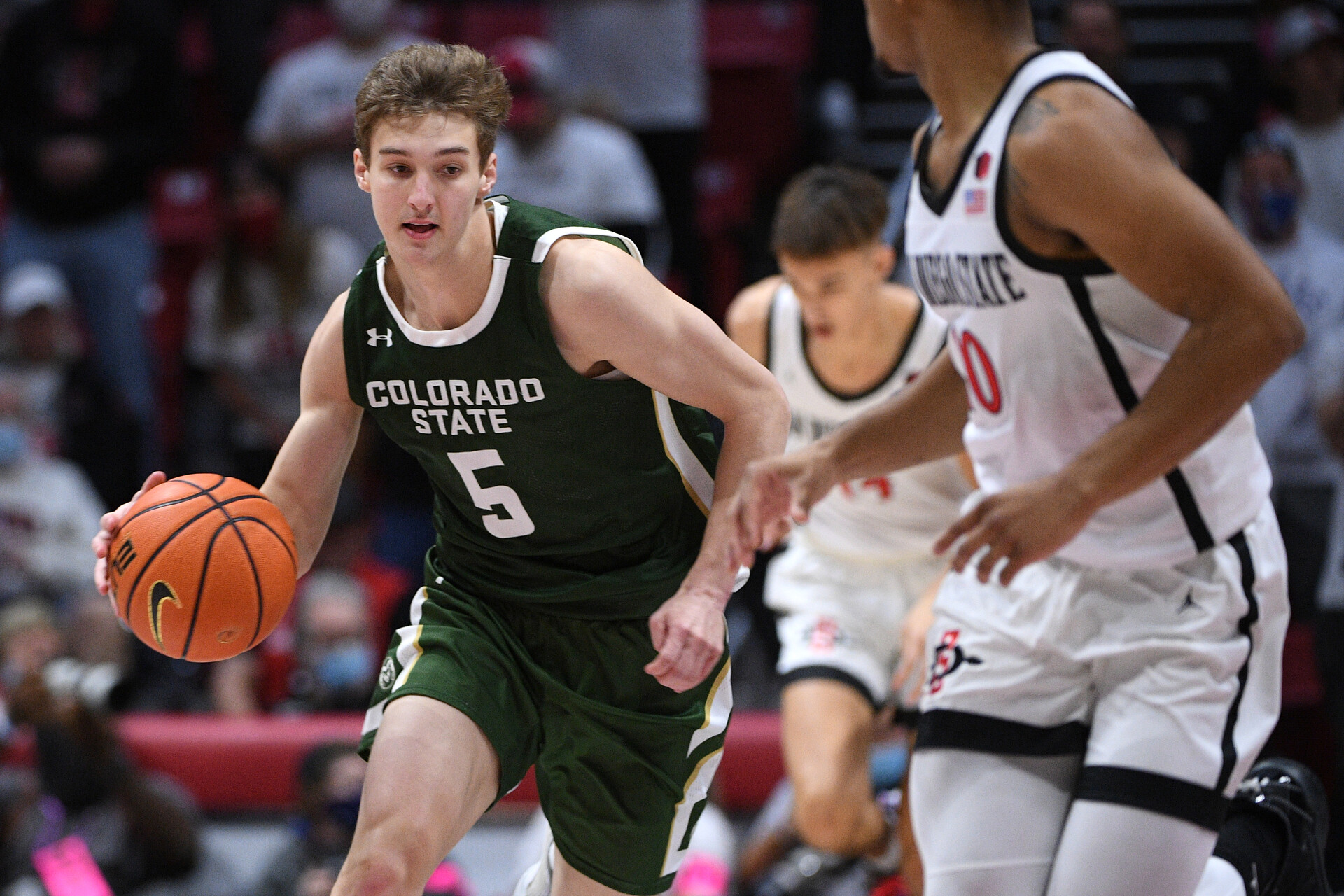
SU: 9-11
ATS: 7-12 (plus one pick ’em game that the No. 11 seed won)
Totals: 14-6 Under
Noteworthy: In the last five Tournaments, two No. 11 seeds took the court as favorites over their sixth-seeded counterparts. Both won and covered. This year, Michigan is the only No. 11 seed that’s favored, as the Wolverines are laying 2.5 points vs. Colorado State in the South Region. Also, NCAA Tournament trends reveal that since 2005, at least one No. 6 seed has lost. And at least two have gone down in nine of the last 11 events dating to 2010.
No. 3 seeds vs. No. 14 seeds
SU: 18-2
ATS: 11-9
Totals: 10-10
Noteworthy: Because you’re probably wondering, those two 14 vs. 3 outright upsets occurred in 2016 (Stephen F. Austin over West Virginia) and just last season (Abilene Christian over Texas). Three of this year’s No. 3 seeds are huge double-digit favorites: Texas Tech (-15.5 vs Montana State); Purdue (-16 vs. Yale); and Tennessee (-17) vs. Longwood. The shortest chalk? Wisconsin (-7 vs. Colgate).
No. 7 seeds vs. No. 10 seeds
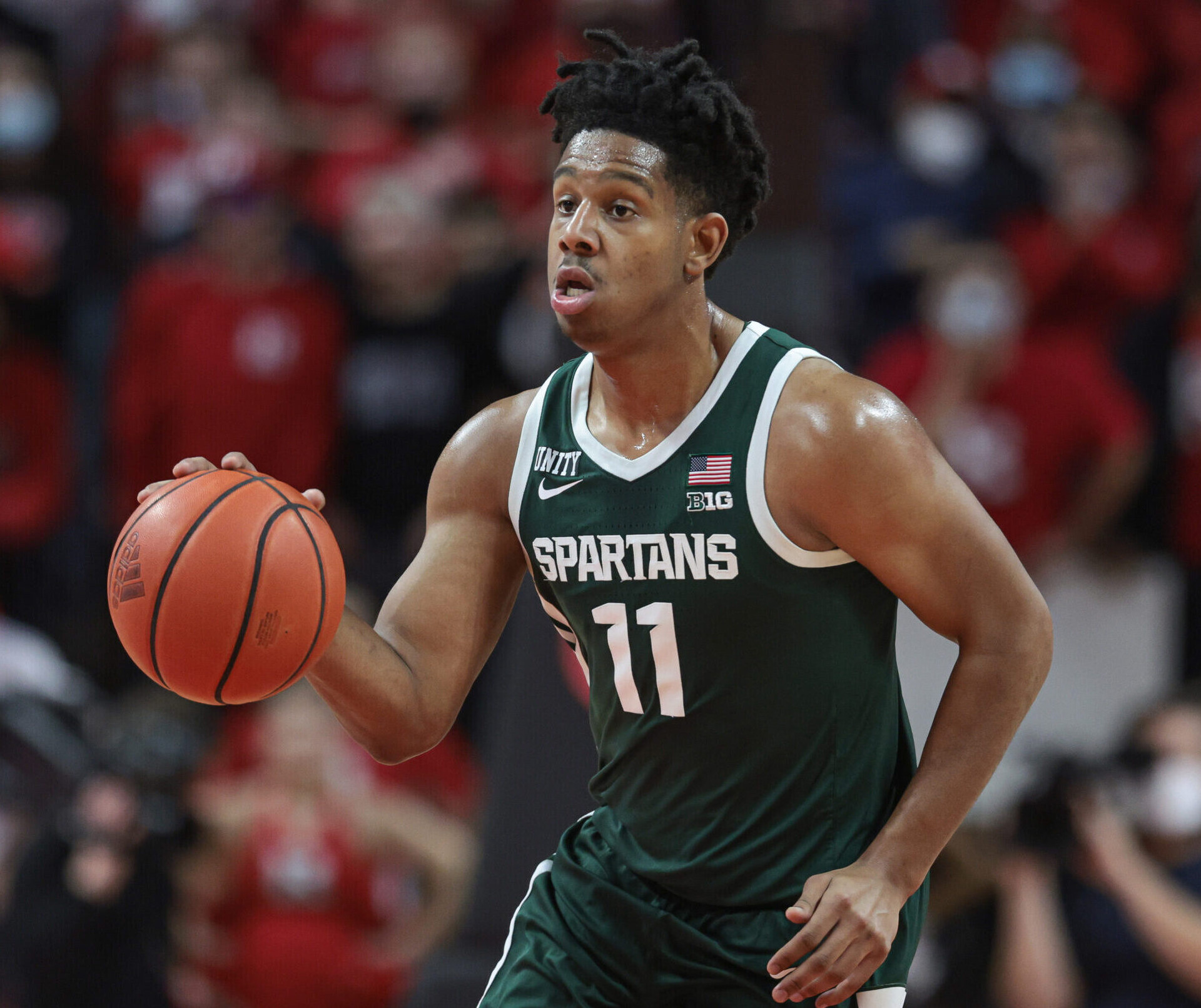
SU: 10-9 (Oregon-VCU was canceled last season because of COVID)
ATS: 7-10 (plus two pick ’em games that the No. 7 seed won)
Totals: 12-7 Over
When No. 7 seed is favored: 6-4 SU/4-6 ATS
When No. 10 seed is favored: 5-2 SU/4-3 ATS
Noteworthy: This year’s No. 7 vs. No. 10 matchups feature extremely tight point spreads: No. 7 seed USC is -1.5 against Miami; No. 7 Michigan State is -1 vs. Davidson; No. 10 San Francisco is -1 vs. Murray State; and Ohio State — which opened as a 1.5-point underdog against Loyola-Chicago — is now a consensus 0.5-point chalk.
No. 2 seeds vs. No. 15 seeds
SU: 18-2
ATS: 9-10-1
Totals: 11-8-1 Under
Noteworthy: As noted in our Tournament bracket tips article, No. 15 seeds are 15-144 against No. 2 seeds since the current format was adopted in 1985. Two of those huge upsets occurred recently, and both involved teams mentioned above: In 2016, Middle Tennessee ousted second-seeded Michigan State, and last year, Ohio State fell as a 2-seed to Oral Roberts (which ended up advancing to the Sweet 16). Should any of this year’s No. 2 seeds be on upset alert? The oddsmakers don’t think so. Duke (-19), Kentucky (-17.5), Auburn and Villanova (both -15.5) all are consensus favorites of more than 15 points.
Key Takeaways
So what did we learned from this NCAA Tournament trends exercise? Well, if you’re looking to back lower-seeded teams against the spread, recent history suggests it’s smart to isolate those seeded between No. 9 and No. 13. Over the past five Tournaments, these squads are 57-37-1 ATS in opening-round play.
And if you like to bet Overs, key in on those Nos. 8-9 and Nos. 5-12 matchups, because 30 of the last 40 matchups have topped the total.
Will those solid 60.1 percent and 75 percent success rates hold up this year? We’ll find out starting Thursday.
